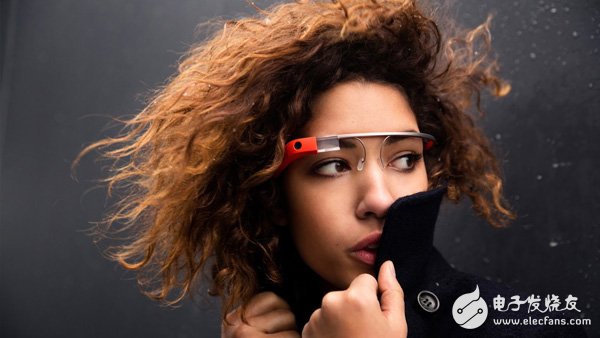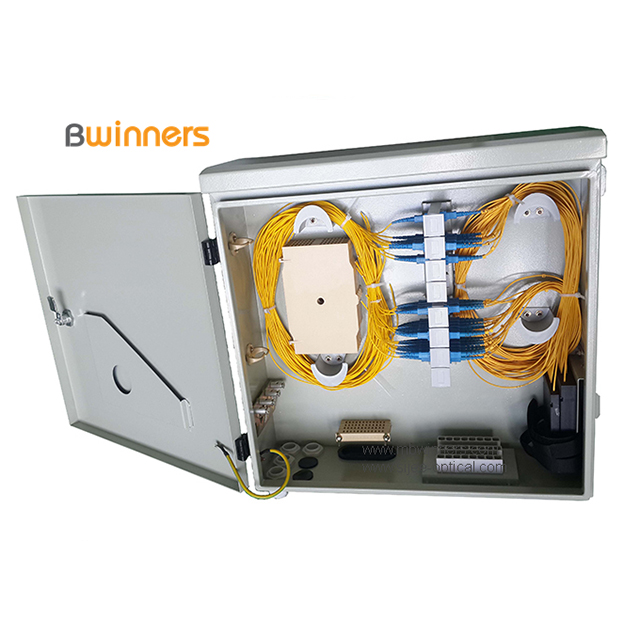Perhaps the honeymoon period of the wearable device is not over yet, but it is certain that this wave of hype around the fitness and health wear device will end down. Every aspect of wearable technology carries a certain amount of risk – from component manufacturers, OEMs, designers to engineers, who have begun to wonder if there are enough application ideas to push the wearable device to the next stage of maturity. period.

I recently read several articles by Freescale Semiconductor on the future of wearable technology and its true mission, including the work of Sujata Neidig, the company's US business development manager. Her article, after being published on DesignNews.com, also caused discussions among a number of engineers and readers who expressed their experiences in using these health and fitness devices. There are some similar concerns in their discussion: comfort, durability, affordability, user experience, battery life, and privacy and accuracy of data. In addition, they always revolve around a basic question: Can these wearable devices really tell us something about themselves? Is it that they can’t move without them?
Engineers exchanged opinions here, but Freescale's articles and their comments clearly show that fitness-based wearable devices are rapidly evolving, and it is best for the industry to find new usage models as soon as possible to sustain their growth. However, among the early adopters, many have been abandoned (both physical and psychological), while those who have not yet adopted are still holding a wait-and-see attitude. One might also say that the blind spot of this application is that we ignore the benefits that wearable devices bring to business and industry.
The International Consumer Electronics Show (CES) is about to begin next month. The organizers expect this year's CES to attract 150 wearable devices and exhibitors of personal health and fitness technology. Yes, there are as many as 150. This has become one of the fastest growing areas of CES. According to Shawn Dubravac, chief economist and senior research director at the Consumer Electronics Association (CEA), these technology companies are in a "large-scale pilot phase."
This is the best portrayal of the exploration period, and nothing is more obvious than the medical technology industry. For example, some ongoing clinical trials were initially invigorated by the participants' research on wearing wearable devices, but now they feel very different due to improper device use, environmental pollution and scientific method errors. At the same time, there is a growing controversy between actual medical diagnostics and consumer health devices. Many doctors question the usefulness of Fitbit and AliveCor, and complain that the amount of data that patients continue to submit is rampant.
Although doctors may feel uncomfortable and even think that they are detrimental to their profession, many chip and sensor manufacturers are still very optimistic about the potential of consumer wearable devices. At the annual conference of the MEMS Industry Alliance (MIG), Mony Wechsler, chief strategist at the Montefiore Medical Center in New York, said, "Doctors have an average of only 6 minutes per patient, which is unlikely. All the information is processed, and if the information is not from an FDA-certified device, they are not accepted."
As a result, consumer wearable devices appear to be facing the challenge of huge amounts of data and the premature crisis.
At the MIG conference, I was fortunate to exchange ideas with Ian Chen of Freescale's Sensor Solutions Division and founder of PNI Sensor Corp. and George Hsu. My observations are quite similar to their views. They agree that wearable device manufacturers must come up with the next "killer app" view. Chen pointed out that “consumer wearable devices must go beyond novelty.†Hsu said the market is “changing†and will combine a range of suitable devices, graphical identification algorithms and data infrastructure to create a value that is not valuable. An application that plagues users.
Perhaps the sacred mission of wearing the technology industry is not to consume applications, but to focus more on companies or certain industries. We are beginning to see more development activities focusing on providing wearable wearable devices for manufacturing, material handling, and storage tools, further empowering workers with hands-free capabilities, or using biometric information in relevant environments. Notify when there is a problem with the actual operation. During the MIG event, I also saw and heard the discussion of commercial and corporate wearable devices in important B2C talks. I think that the B2B market seems to have a bigger chance, but it has not yet begun to explore.
Compilation: Susan Hong (Reference: Consumer Wearables Are Running into a Wall, by William Ng) eettaiwan
Fiber Optical Distribution Box(Metal) Fiber Optic Distribution Box is specially designed for FTTH or FTTB for Indoor/Outdoor application. It is can manage single,ribbon & bundle fiber cables. It consists of splicing, distribution and panel with ensures the excess fiber cords and pigtails in good order, no interval and easy for management and operation. It offers mufti-functions of distribution management.

Indoor Fiber Optical Distribution Box(Metal)
Indoor Fiber Optical Distribution Box(Metal),Fiber Optic Distribution Cabinet,Metal Electrical Boxes,Metal Equipment Cabinet
Sijee Optical Communication Technology Co.,Ltd , https://www.sijee-optical.com